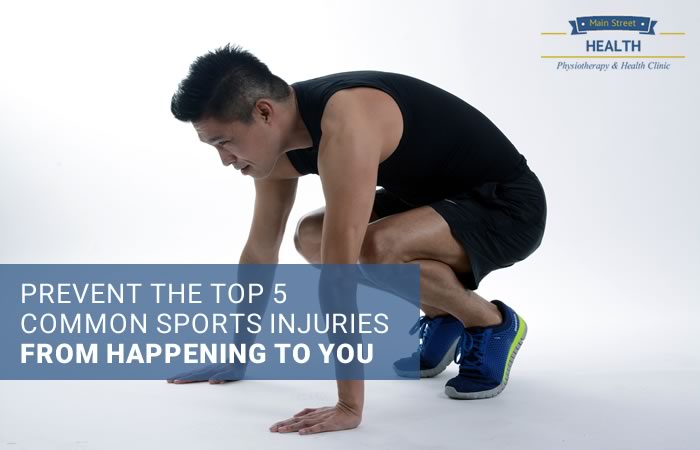Perhaps you’re one of those natural-born athletes who has been involved in team sports your entire life and hits the court or ice or diamond every chance you get. Or maybe you’ve taken up golf or tennis as a way to socialize for business or pleasure. Or have you decided to join the thousands of Canadians who want to get fit and have started a walking or running program (is there a marathon in your future?) Regardless of how you choose to stay active, young or old, you run the risk of injury.
KidsHealth has identified the five key ways for kids to avoid sports-related injuries but we believe that they can be helpful for any age:
- 1. Wear protective gear
- 2. Always warm up and cool down
- 3. Understand and follow the rules of the game
- 4. Be aware of potential obstacles and nearby people
- 5. Stop playing if you’re injured
Adults should be especially aware of the risk of injury from overdoing it after not playing for a while. You may have had tremendous stamina when you were in high school, but starting slow by lightly working the relevant muscle groups will help you build up again without hurting yourself.
Take a look at the top 5 common sports injuries, what you can do to recover as quickly as possible, and ways in which you may prevent them from happening in the future:
1. Runner’s and Jumper’s Knee (Patellar’s Knee)

Cause: Runner’s knee is the irritation of the cartilage behind the kneecap (patella), where it rests on the thighbone. Jumper’s knee affects the tendon below the kneecap and generally results in inflammation. Both are caused from running and sports that involve running like basketball, soccer and volleyball.
Symptoms: Sharp or sudden pain in front of or below the kneecap. Pain can also be a dull ache and chronic. Bending the knee will cause the pain to intensify. Although running may ease the pain for a short time but return later.
Treatment: Ice packs at first sign of injury as well as before and after physiotherapy. Take ibuprofen medication to reduce inflammation. Rest will be needed for several days or weeks before beginning physiotherapy to stretch and strengthen the affected area. A knee brace may be helpful for support and proper kneecap tracking.
Alternatives: Upper-body weight training, core strength exercises for abdomen, back and pelvis, and swimming.
Post Injury Recovery: Knee straps will help reduce stress on the patellar tendon. Stretch the muscles in the hips, quads and hamstrings to reduce tightness. Maintain an eccentric muscle training regimen to help strengthen and lengthen the muscles around the knee, and always warm up properly.
Preventative Methods: Runner’s World experts suggest running on softer surfaces, cross train to prevent overuse, use rest days between workouts and make sure to wear the proper shoes.
2. Knee or Ankle Sprain
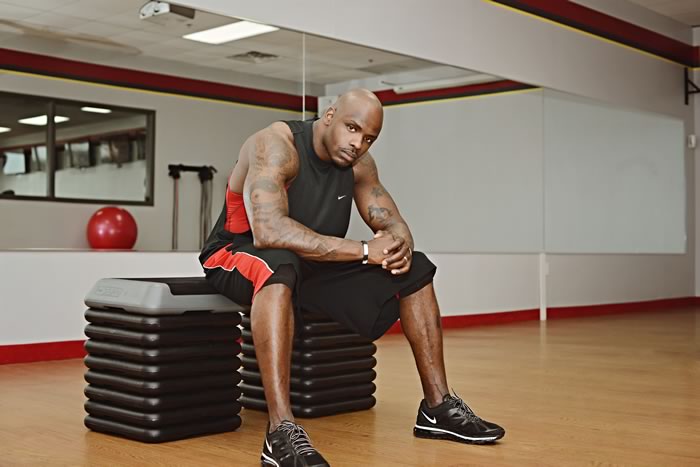
Cause: The tearing of ligaments of the ankle (usually on the outside of the ankle), most commonly caused by sudden changes in direction, such as football, tennis, basketball, hockey, volleyball and soccer.
Symptoms: A pop or snap as the knee or ankle twists, followed by swelling and/or bruising on the outer ankle.
Treatment: Immediately after injury, use the RICE method of treatment – Rest, Ice, Compression and Elevation – per WebMD‘s instruction. This will relieve pain and swelling plus promote healing. A brace or crutches may be suggested to relieve the pressure of weight bearing. An x-ray should be taken to eliminate the risk of a broken bone. Physiotherapy will also be recommended. This will help reduce swelling and increase range of motion.
Alternatives: Cycling, swimming, core exercises and upper-body weight training where little ankle movement is needed. For those with knee sprains, consult with your physician or physical therapist prior to cycling.
Post Injury Recovery: Strengthening exercises, taping or braces can help support the injured area. Move affected area gently to help with circulation and healing.
Preventative Methods: Researchers at the UCSF Medical Center in California recommend light stretching or a slow jog (without bouncing) to warm up. Wear the proper shoes, avoid uneven surfaces and hilly areas. Muscle conditioning and cross training to strengthen the lumbo-pelvic-hip girdle, knee and ankle will reduce further injury.
3. Tennis or Golf Elbow
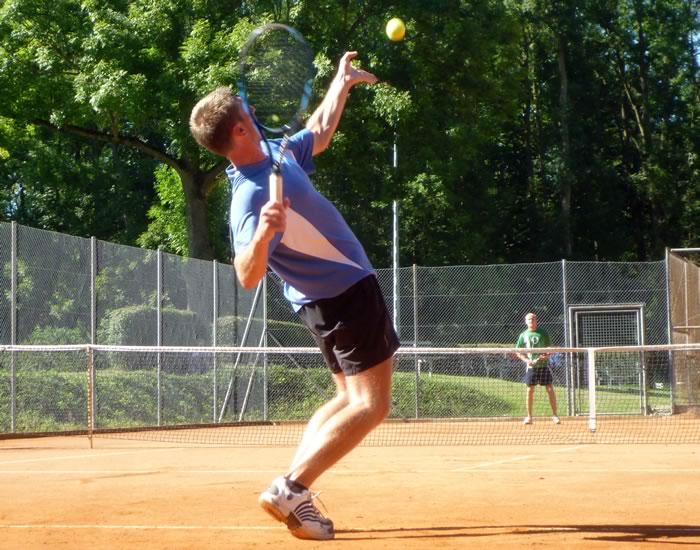
Cause: Racquet sports such as tennis or racquet ball, weightlifting, golf and fencing.
Symptoms: Tennis elbow – a dull pain on the outside of the elbow that worsens over weeks or months. Repeated backhand strokes cause tendon degeneration and pain. Golf elbow – a dull pain on the inside of the elbow. Pain results from overuse of the flexing muscles inside the forearm and inflammation. Weak grip strength can also be experienced with both conditions.
Treatment: The Canadian Centre for Occupational Health and Safety recommends relieving inflammation with Rest, Ice, Compress and Elevate (RICE) method. NSAIDS and a forearm support strap can also be helpful with pain and inflammation.
Alternatives: Cycling, running, swimming or any other sport that doesn’t require a tight hand grip.
Post Injury Recovery: Eccentric and concentric strengthening exercises, physiotherapy, acupuncture (to reduce pain) and massage therapy. Don’t believe the myths about massage therapist, this method of treatment has been proven quite effective in aiding in post injury recovery. If the pain continues, it may be necessary to take an extended break from the sport.
Preventative Methods: The best prevention for both tennis elbow and golf elbow is to do forearm strengthening exercises. Wrist curls, reverse wrist curls and squeezing a soft rubber ball are all helpful in reducing weakness in the elbow tendons and muscles and the risk of re-injury. An elbow brace will provide extra support. Spend time with a coach or instructor to improve your swing technique.
4. Lower Back Pain
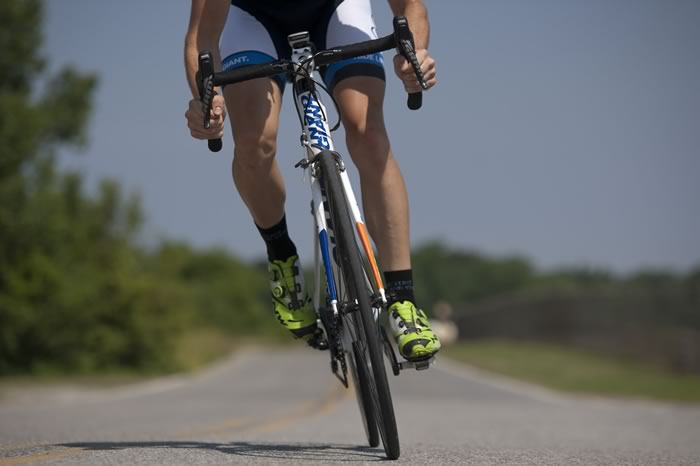
Cause: There are numerous types of lower back pain, but the most common sports-related injury to occur is sciatica. It is generally related to cycling, golfing, running, tennis and baseball. Improper stretching and warm up is the main cause. Runners may have an increased incidence of lower back pain if their legs are even slightly different lengths.
Symptoms: Pain radiating down from the lower back into the legs. It may be combined with tingling, pins and needles or numbness. Bending, sitting, coughing or sneezing may trigger sharp pains.
Treatment: Bed rest, NSAID’s for pain, heat therapy (or hot bath) for spasms and a back brace for support in early stages. Immediately after injury, apply ice for acute pain or inflammation.
Alternatives: Swimming, walking/hiking, core-strengthening exercise/weight-lifting.
Post Injury Recovery: Effective therapies to relieve low back pain include sports massage to relax muscles, electrical stimulation through the use of a tens machine, chiropractic care and physiotherapy. Pilates exercises are helpful in strengthening the core muscles and reducing the risk of re-injury. Once acute pain has diminished, restore movement through mobilization and stretching exercises.
Preventative Methods: Experts at the Cleveland Clinic have found preventative methods include: always properly warm-up and stretch before playing, follow a core strengthening exercise regimen, use proper form and technique when performing, maintain an ideal body weight and get plenty of sleep. Runners can purchase custom orthotic lifts to correct a problem of different leg length. This will help reduce the risk of back injury.
5. Concussion
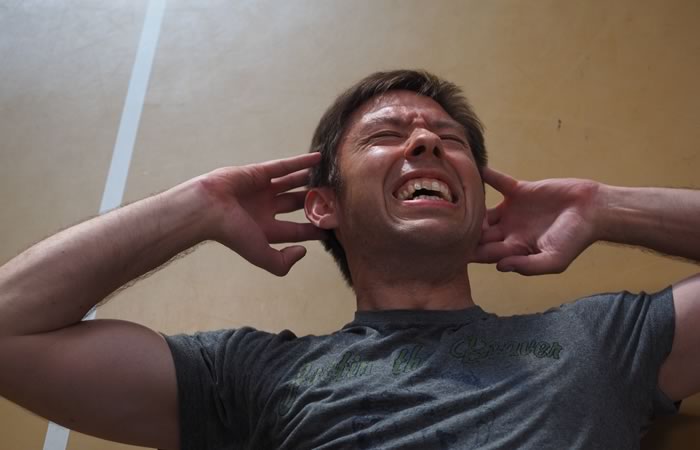
Cause: Brain injury from a blow to the head. Usually occurs in contact sports like football, hockey, boxing, soccer, plus individual sports such as skiing and gymnastics put participants at the highest risk of concussion. However it can also occur from slip and falls during sport and general playground type activities.
Symptoms: Loss of consciousness is not always required when diagnosing a concussion. Typical symptoms include: disorientation, headache, vision problems, loss of balance, dizziness, amnesia, nausea and difficulty concentrating.
Treatment: The primary treatment begins with a series of assessments and treatments specific to your particular condition. It is also known as concussion therapy. Common assessments include an ImPACT test (a computerized concussion evaluation system) as well as testing for gait, balance, visual motor skills, vestibular or dizziness, and strength and coordination. Physiotherapy consultation is also recommended for related injuries.
Once a thorough evaluation has been completed, treatments may include: limited work or school activities, vestibular therapy, visual motor exercises, resting and sleep strategies, physical exertion testing and exercise program, physiotherapy, chiropractic care or other therapies. Every concussion is unique and treatment plans are determined on a case-by-case basis.
Alternatives: Non-contact sports – swimming, tennis, running, walking and hiking.
Post Injury Recovery: Normal function typically returns within a few weeks or months. However, emerging evidence suggests multiple concussions (even spaced over several years) can cause progressive or permanent brain damage. Your doctor will recommend limited work or academic demands, a resting schedule, physiotherapy or massage therapy for secondary injuries, vestibular therapy to restore balance and visual acuity, eye-hand coordination exercises and an exercise program. Once symptom free, physical exertion testing will be done to reduce the risk of relapse.
Preventative Methods: Avoiding contact sports is the best way to prevent concussions. Obviously, that may not be a feasible option for everyone. Concussions and other brain injuries sustained through sports are not limited to professional athletes. The Canadian Centre for Ethics in Sport has identified that children and youth between 10 and 19 years of age are at greatest risk of head injury during sport activities. The Active & Safe program is working to reduce concussions and make sports safer through improved education (coaches, educators, health professionals, trainers, community leaders, parents and athletes), better equipment (helmets, protective gear) and revised game rules/penalties.
If you’ve experienced a sports-related injury, contact the experts at Main Street Health or book an assessment online. As a full-service clinic, our licensed therapists will give you a complete evaluation, provide a comprehensive diagnosis and offer a superior treatment plan. Our trained administrative staff will also assist you with all the necessary paper work and schedule appointments with the appropriate professionals for a faster recovery.



